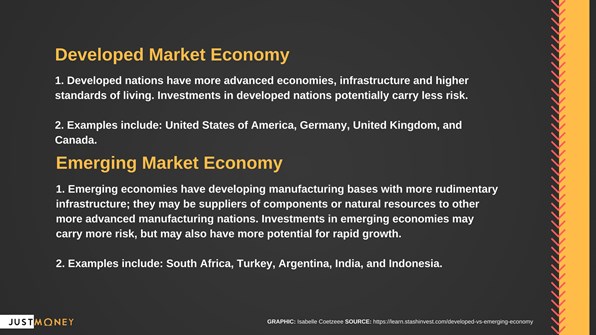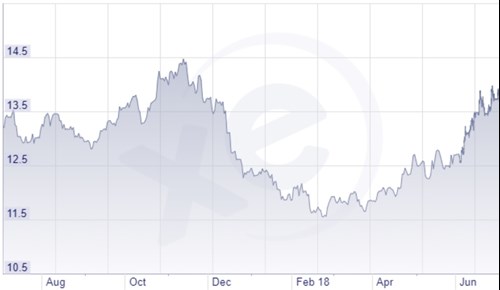The growth of the US dollar in April was a blow to the rand – but one that has been cushioned by political changes.
The rand strengthened in December last year with the election of Cyril Ramaphosa as the leader of the African National Congress (ANC).
This was the start of what’s been dubbed ‘Ramaphoria’ – the positive impact of Ramaphosa’s political accession from vice-president to president on the South African economy.
According to Izak Odendaal, investment strategist at Old Mutual Multi-Managers, this has cushioned the blow to the rand since the growth of the US dollar.
“In mid-April, the US dollar started strengthening against most currencies, including the pound and the euro,” said Odendaal.
“This appears to be a consequence of the US economic growth, and the interest rate outlook from other developed markets,” he explained.

Consequence on emerging markets
Besides strengthening against the euro and the pound, the growth of the US dollar also had a negative impact on emerging markets.
Odendaal pointed out that initially Turkey and Argentina’s currencies received a hit. This was fuelled by inherent concerns over their fiscal and monetary policies.
“While this is primarily a strong dollar story, there have been second-round effects (like the above) in some of these emerging market economies,” he explained.
In general, there have been concerns over dollar-denominated debt levels and large current account deficits. As a result, this has led to further selling pressure as investors withdrew capital from these economies.
“The rand has predominantly followed the same pattern as other emerging markets. However, it had a better starting point because of its strong rally since the lead-up to the ANC conference in December,” said Odendaal.
The below graph from XE Live Exchange Rates demonstrates how the rand strengthened from December and then started weakening in April:

How did emerging markets react?
“The central banks of emerging markets, such as Turkey, India, and Indonesia, have responded with interest rate increases,” said Odendaal.
He believes the South African Reserve Bank (Sarb) is unlikely to follow suit, given the weak economy (with GDP sharply lower in the first quarter) and low inflation (4.4% in May).
The Monetary Policy Committee (MPC) will have their next meeting from 17 to 19 July, where they will decide whether to adjust the interest rate.
What lies ahead for the rand?
An exchange rate is the price of one currency relative to another, and Odendaal explained it’s extremely difficult to accurately predict.
“The fortunes of the rand are closely tied to overall sentiment towards emerging markets and expectations of the path of US interest rate hikes,” said Odendaal.
Ultimately, he believes global factors will always outweigh domestic factors.

